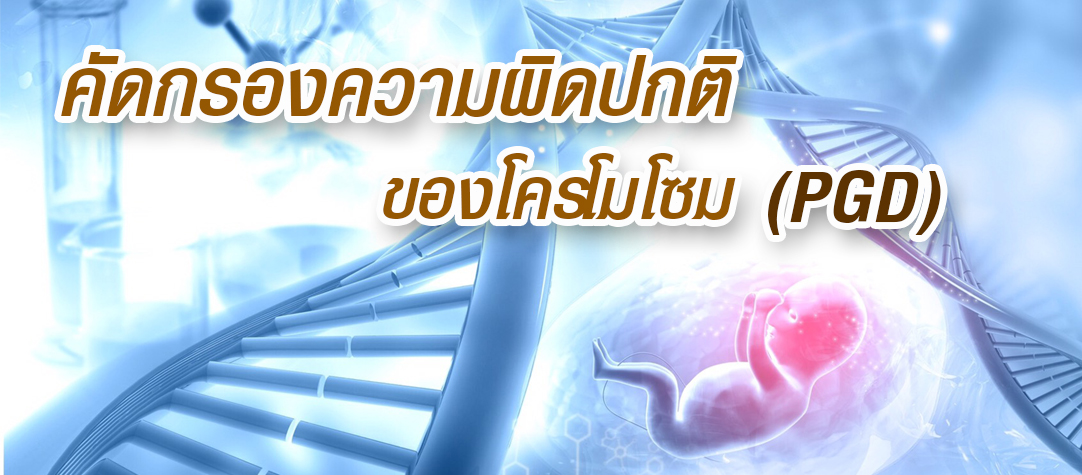
Preimplantation Genetic Diagnosis (PGD)
Preimplantation Genetic Diagnosis (PGD) according to current medical advances is to remove parts of the embryo to detect genetic materials. This may be screening for abnormalities in case of indication or examination for diagnosis or a couple with a history of risk, such as genetic disease in the family.
Process
The scientist cuts a piece of the cell for examination when the embryo is cultured to Day 3 or Day 5, known as the Blastocyst stage.
Chromosome examination on Day 3 is usually performed using FISH Fluorescence in situ hybridization technique, which is a specific pair of important chromosomes (5 pairs or 7 pairs) that includes sex chromosome screening and Down syndrome screening.
Chromosome examination on Day 5 or Blastocyst stage can result in more cells to examine all 23 pairs of chromosomes using techniques, such as aCGH or NGS.
Therefore, to answer the question that can embryo chromosome examination be only performed during the Blastocyst stage? In summary, the examination can be performed on both Day 3 or Day 5. The outcome will be different in terms of the number of cells obtained and the techniques used. The doctor would consider the suitability case by case.

